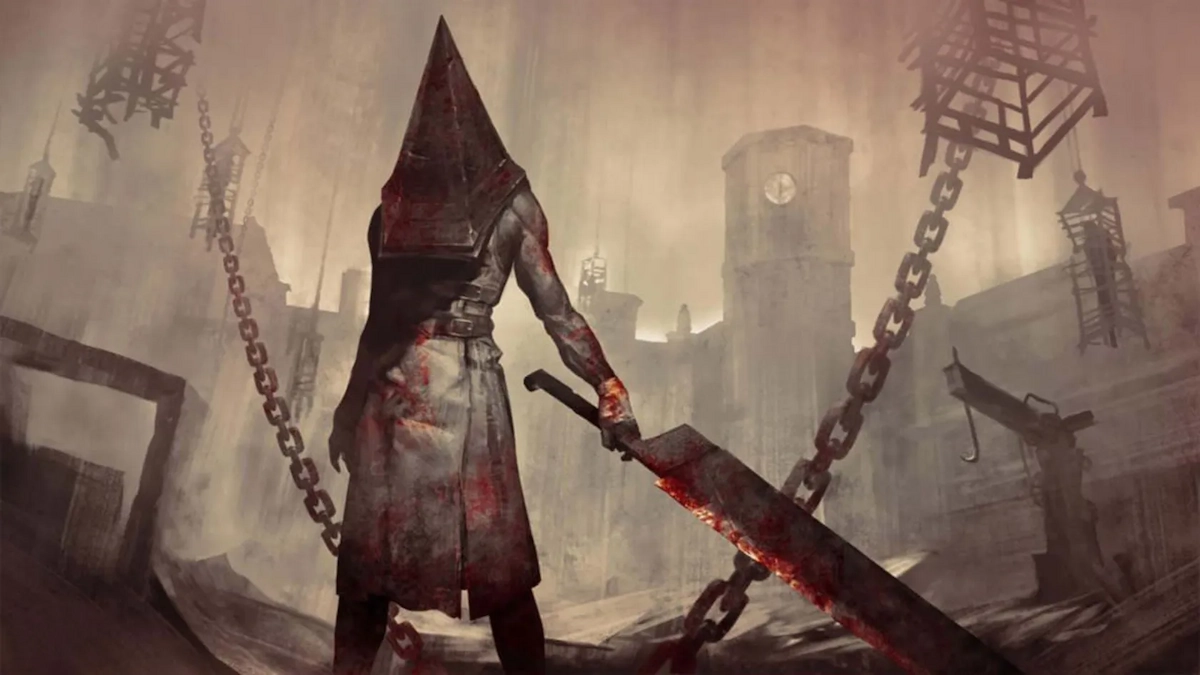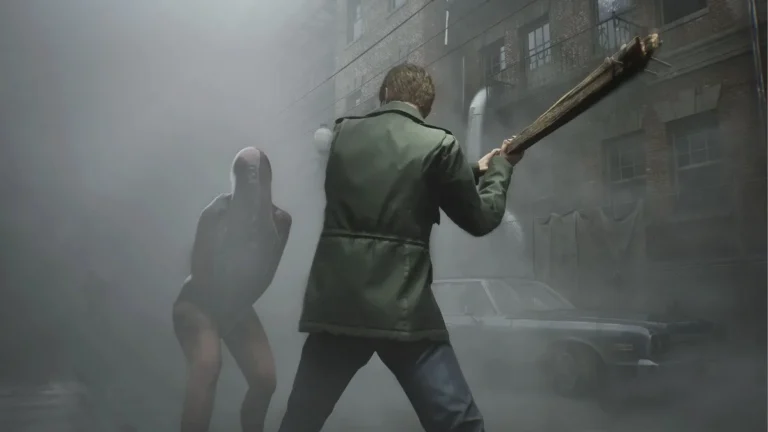If you’ve ever wandered the cold, haunting streets of Silent Hill, you’ll likely agree: it’s one of the most iconic horror franchises in video game history. While it draws inspiration from the Resident Evil series in terms of survival-horror mechanics, it adds a deeply psychological twist that sets it apart—shaking not only your spine but also your soul.
Unlike many other horror titles that rely purely on jump scares, Silent Hill explores real human fears—grief, trauma, guilt, and emotional isolation. Since its debut in 1999, the series has had its ups and downs, but its legacy remains strong. Today, we’re diving into lesser-known facts that even hardcore fans might have missed.
The Symbolic Horror of Pyramid Head
The infamous Pyramid Head is perhaps the most recognizable figure in the franchise—even among those who’ve never played the games. Created by artist Masahiro Ito, Pyramid Head is not just a terrifying villain, but a manifestation of James Sunderland’s guilt over his terminally ill wife in Silent Hill 2.
This haunting creature is a perfect example of how the series uses monsters as symbolic reflections of the characters’ mental states.
Don’t Call the Nurse!
The creepy Bubble Head Nurse, first introduced in Silent Hill 2, is another unforgettable enemy. Nurses are typically associated with care and healing, but in Silent Hill, they embody repressed fears and sexual frustration. Their distorted faces reflect James’s anxiety during his wife’s illness, while their provocative outfits symbolize his frustration over their lost intimacy.
These nurses are not just enemies—they’re a psychological representation of the protagonist’s inner turmoil.
The Walls Speak at Brookhaven Hospital
In Silent Hill 2, players encounter disturbing murals in Brookhaven Hospital, featuring images of grotesque mouths—some bloodied, some wired shut. These aren’t random decorations; they symbolize the madness of Alessa Gillespie, a key figure in the franchise’s lore.
These drawings reflect the twisted mental state of a child subjected to trauma, and act as eerie signposts for entering the nightmarish Otherworld.
Robbie the Rabbit – A Blood-Stained Mascot
Robbie the Rabbit is a mascot from Lakeside Amusement Park, and one of Silent Hill’s most unsettling visual icons. Players first notice his pink suit stained with blood around the mouth. While it’s unclear whether Robbie is possessed, worn by someone, or just a creepy costume, one theory suggests that he alerts demonic entities to your presence.
Either way, Robbie is a masterclass in turning something seemingly innocent into a nightmare.
The Mysterious Radio Voice in P.T.

P.T., the infamous playable teaser for a cancelled Silent Hills game, is widely regarded as one of the scariest video game experiences ever created. Among its eerie features is a radio broadcast, where a host narrates a grisly murder. Some fans believe the voice belongs to Lisa, the female spirit stalking the player.
Interestingly, part of the broadcast includes a Swedish message referencing War of the Worlds, Orson Welles’ 1938 radio drama. The message warns that aliens are controlling humanity—including the police. It’s a brilliant nod to mass hysteria and loss of control.
Silent Hill Is (Sort Of) Real
Yes, there’s a real place that inspired the ghost town of Silent Hill. The game is loosely based on Centralia, Pennsylvania, a town that has been burning underground for decades due to a coal mine fire. The disaster forced most residents to evacuate, though a few elderly people chose to stay behind.
Street signs warn visitors to stay away—adding even more real-world creepiness to the Silent Hill mythos.
Inspired by a Real Serial Killer
In a controversial yet fascinating revelation, the developers of Silent Hill 2 admitted that the name Mary, James’s wife in the game, was partly inspired by Mary Ann Nichols and Mary Jane Kelly, the first and last victims of Jack the Ripper.
While Mary is a common name in America, the creators intentionally chose it to create a subtle historical echo of tragedy and violence.
Call Konami for Help—If You Dare
Silent Hill: Shattered Memories wasn’t the best in the series, but it had a clever feature. Replacing the classic radio with a mobile phone, the game allowed players to dial real numbers. And one of those numbers was Konami’s actual support line. If you called it in-game, you’d hear a polite operator explaining that even they can’t help you—because you’re in Silent Hill!
A brilliant fourth-wall break that added a meta layer of unease.
Yes, There Was an Arcade Version
Believe it or not, there’s a Silent Hill arcade shooter. Titled Silent Hill: The Arcade, it was Konami’s attempt to repurpose the franchise for quick, on-rails shooting gameplay similar to House of the Dead.
The problem? Silent Hill’s magic lies in its slow-burn tension, emotional storytelling, and feelings of isolation—not gunning down monsters on a conveyor belt. Needless to say, it didn’t quite click with fans.
Silent Hill’s Guinness World Records
Despite its dark themes, Silent Hill has earned several Guinness World Records, including:
- First survival horror title for PlayStation Vita: Silent Hill: Book of Memories (2012)
- First multiplayer mode in a Silent Hill game: Book of Memories again (2012)
- Fastest Silent Hill 2 speedrun on PC: 44 minutes and 18 seconds by BIGMANJAPAN from Russia (2014)
- First playable console teaser to win Game of the Year: P.T. (2014)
- Most critically acclaimed game in the series: Silent Hill 2, with an average score of 85.82% (2015)
Final Thoughts: Silent Hill’s Legacy Is Still Alive
Even with delays, cancellations, and shifts in tone, Silent Hill remains one of gaming’s most psychologically rich and terrifying franchises. With Konami teasing a reboot and the Silent Hill 2 Remake in development, the fog may rise again—and so will our fears.
Whether you’re a long-time fan or just discovering the horrors of Silent Hill, one thing’s for certain: this town never truly lets you go.
